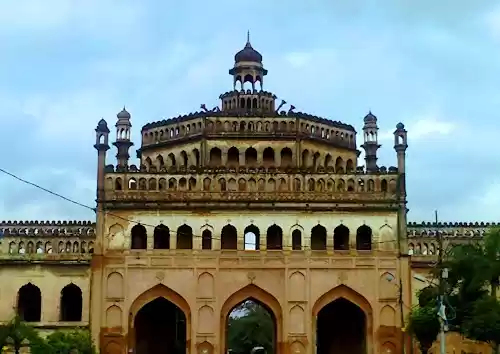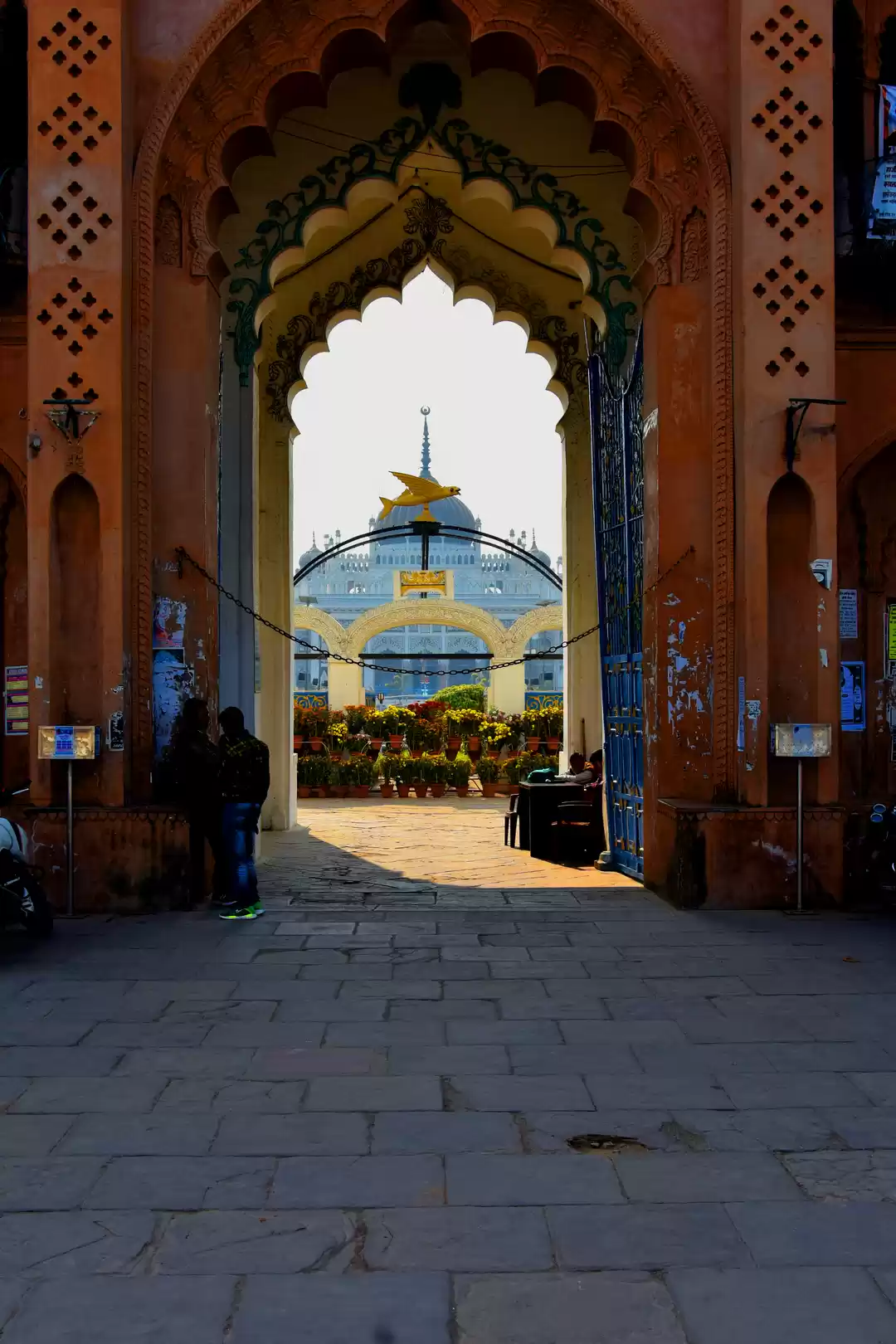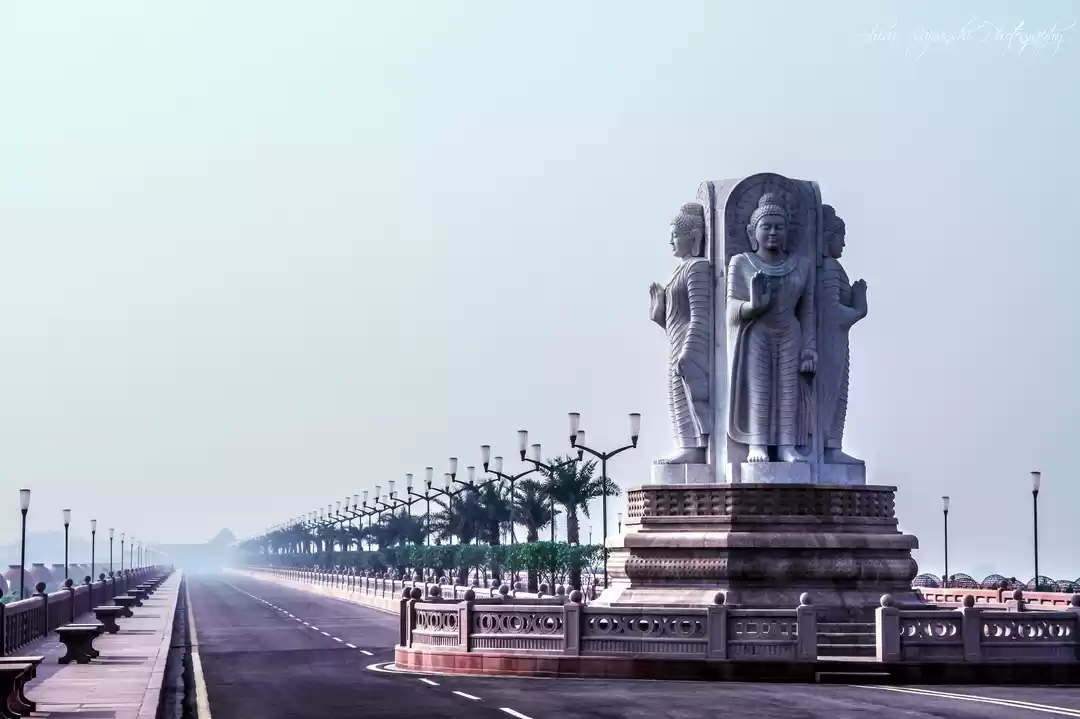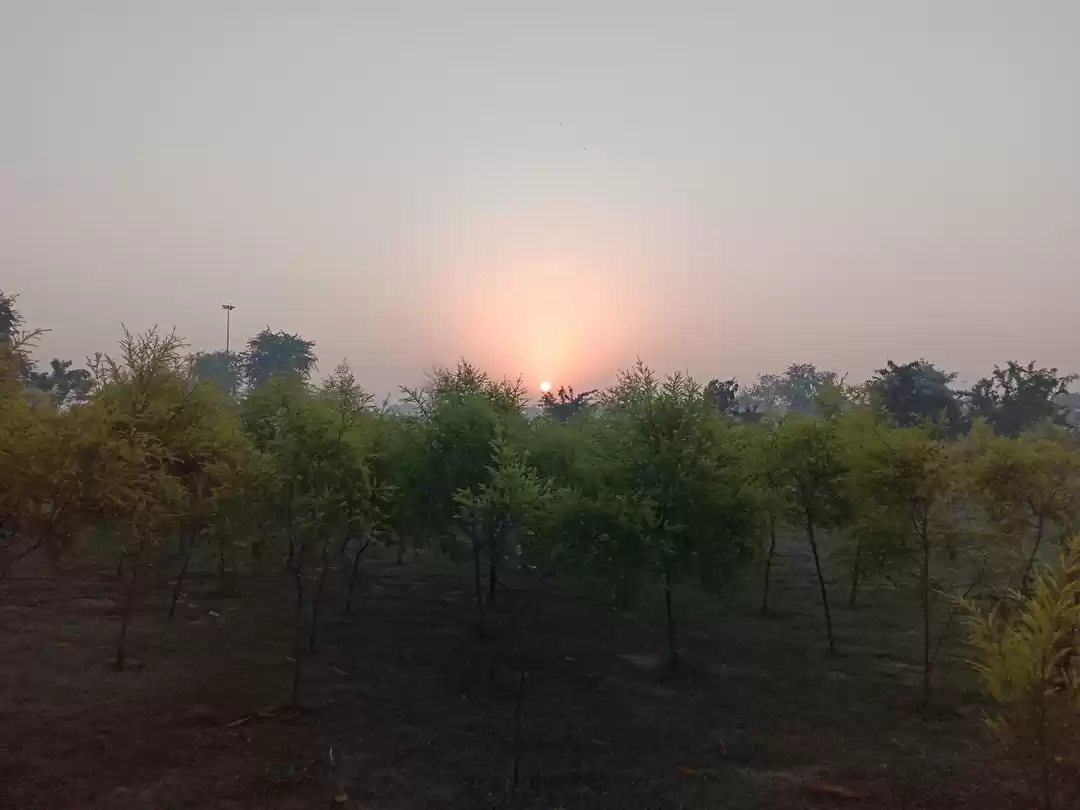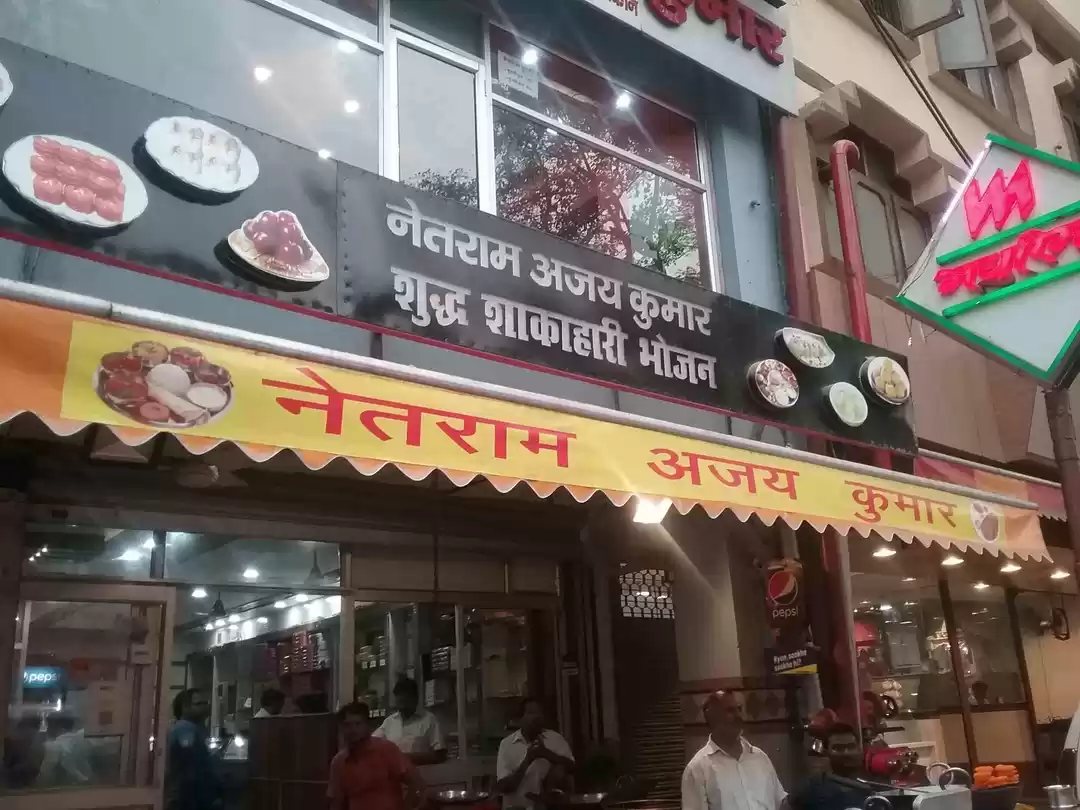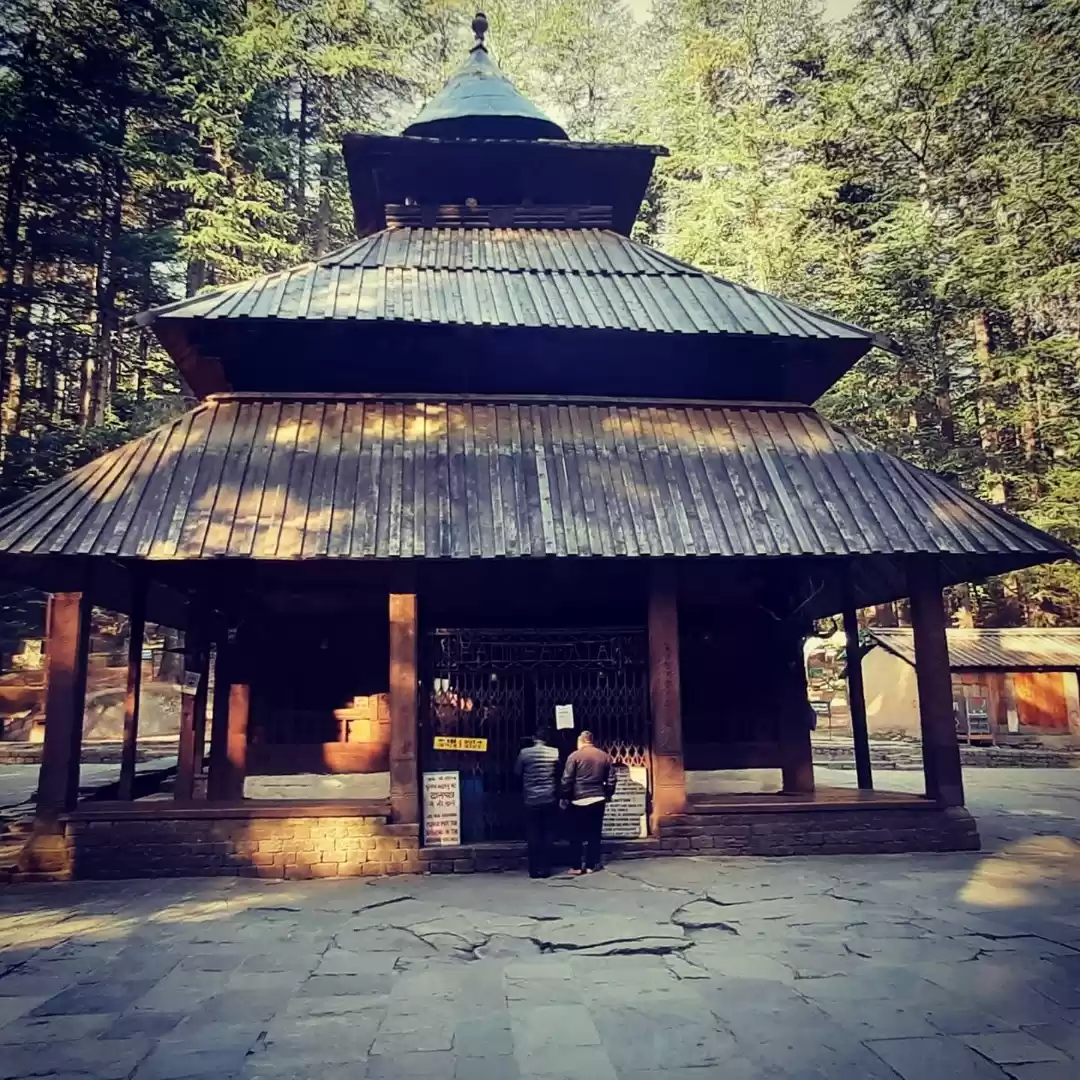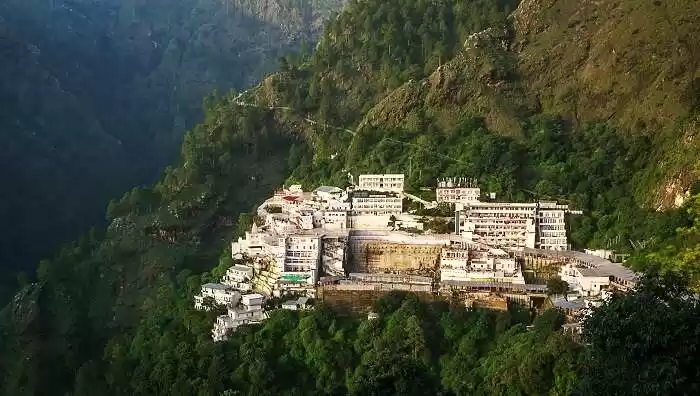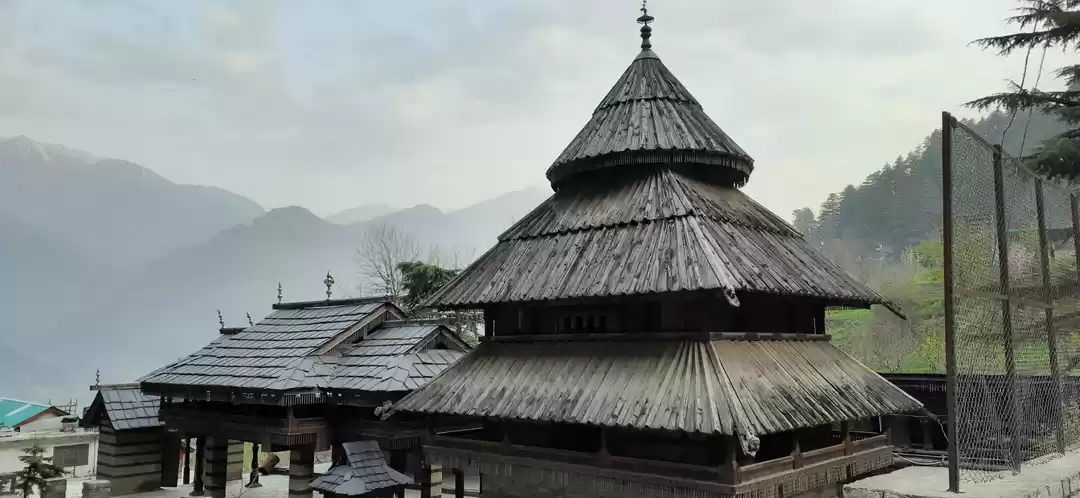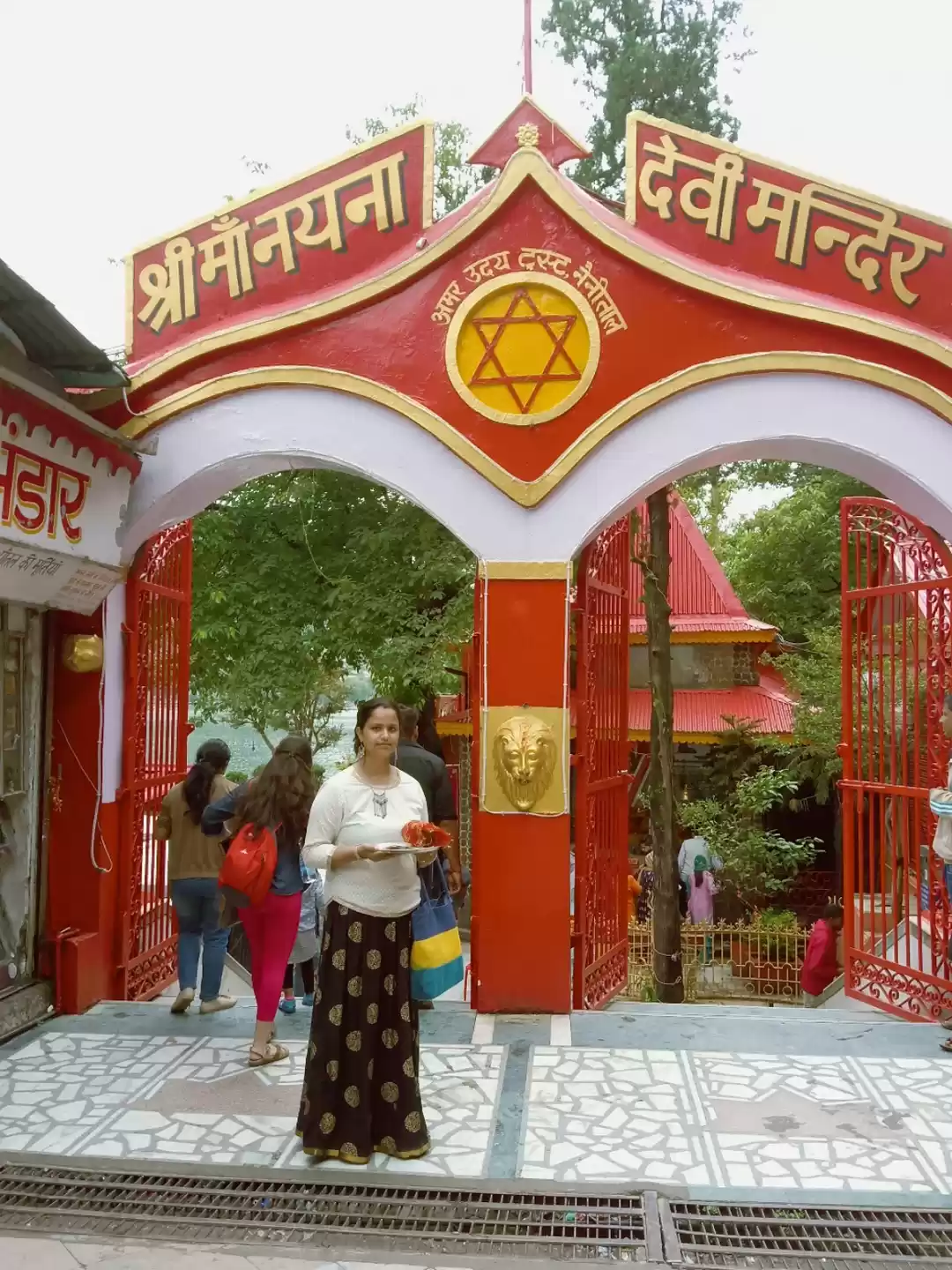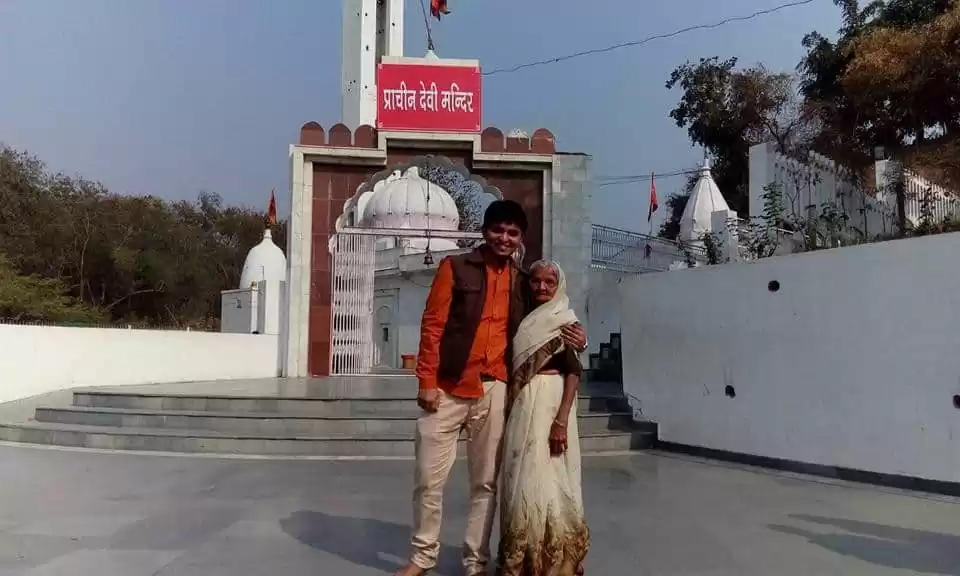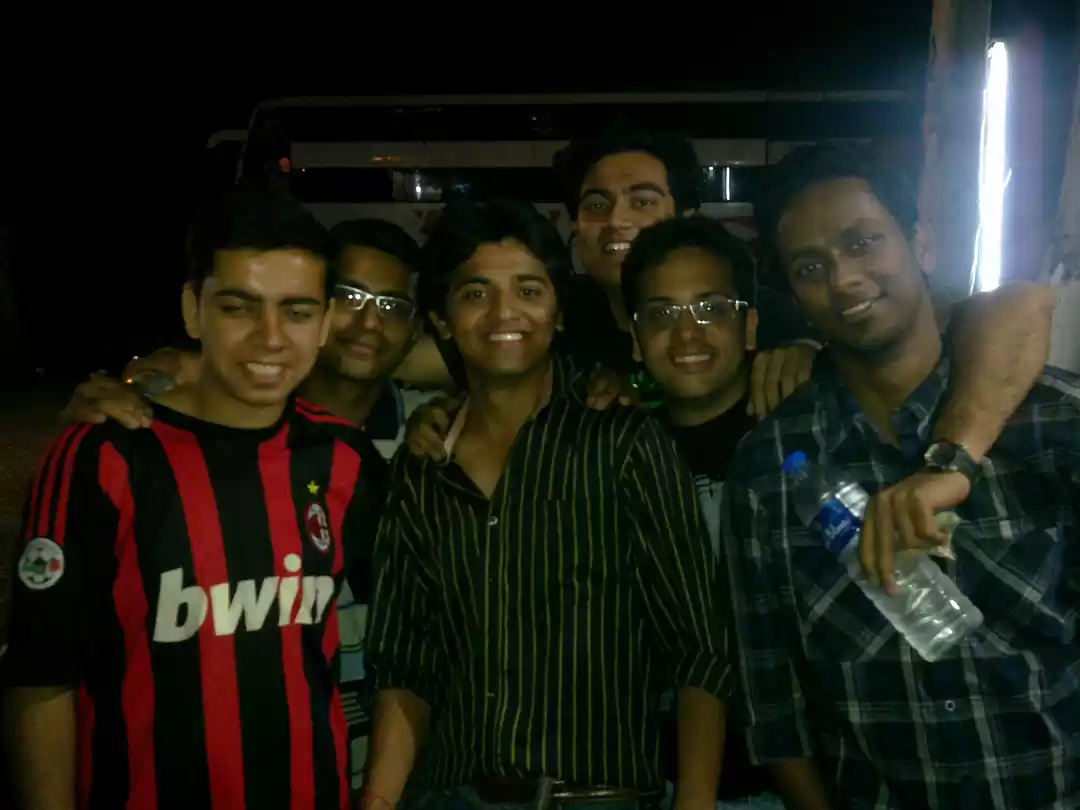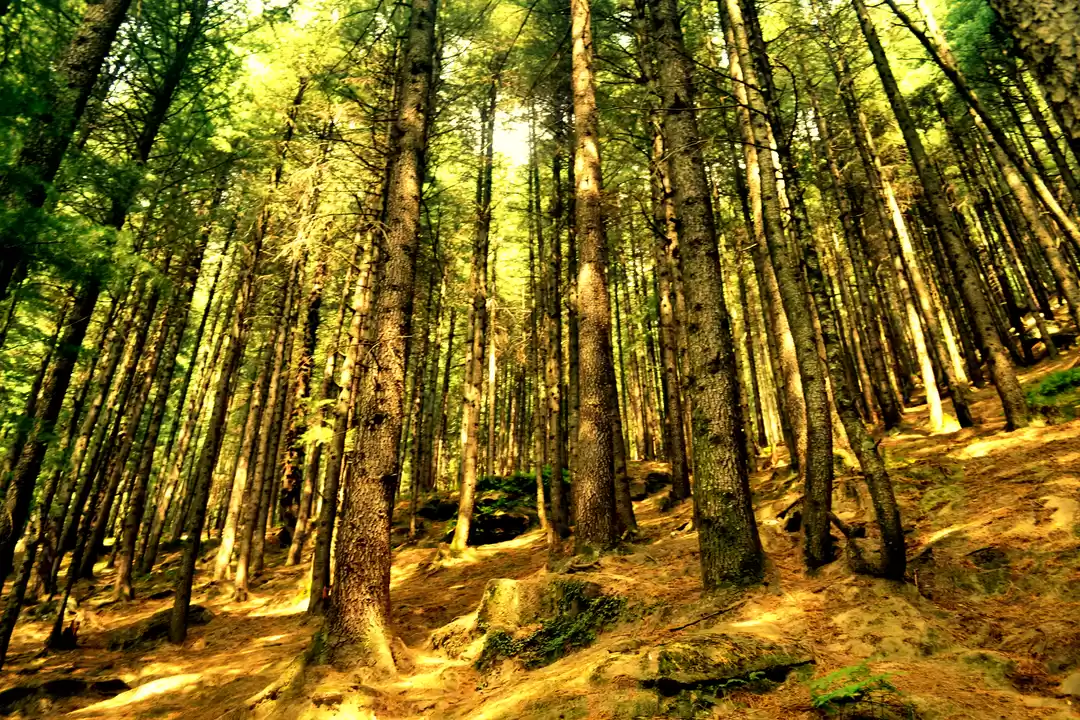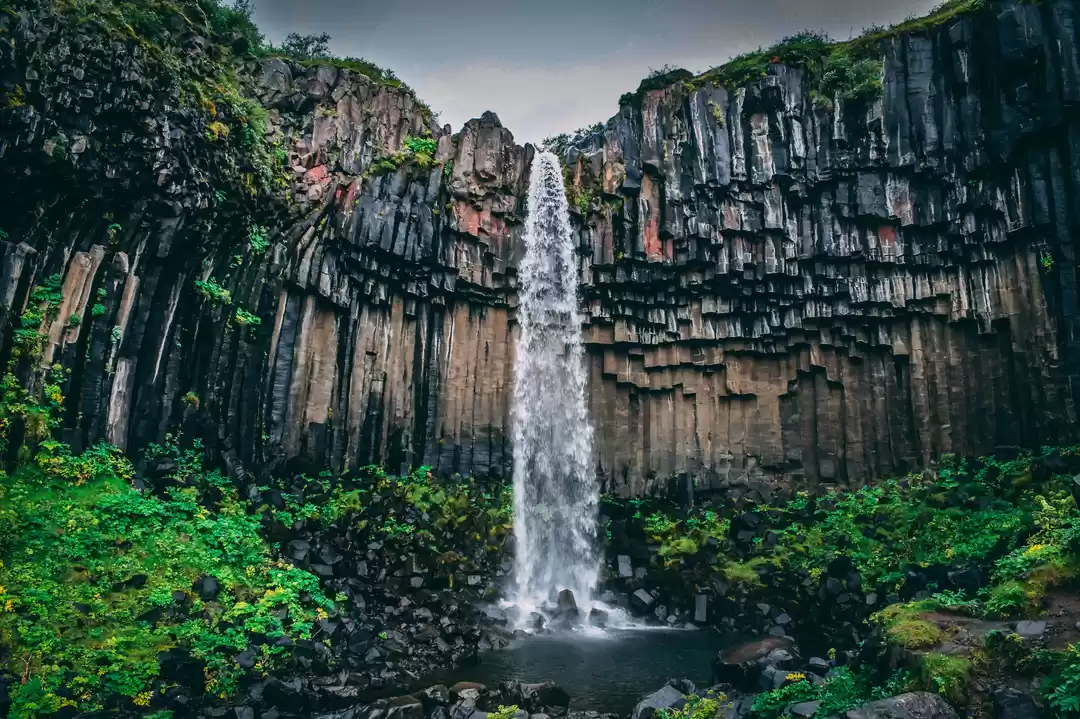Chandrika Devi Temple is one of the oldest and most revered temples in Lucknow, dedicated to the Hindu Goddess Chandi. The temple is situated on the banks of the Gomti River and has a unique idol of the goddess with three heads. The temple is also associated with a fascinating legend that dates back to the Ramayana era. In this article, we will tell you everything you need to know about the Chandrika Devi Temple, such as its history, significance, architecture, rituals, festivals, timings, location, and more.
We will also show you some stunning images and videos of the temple and the goddess. Whether you are a devotee, a tourist, or a curious traveler, you will find this article useful and interesting. Read on to discover the divine beauty and charm of the Chandrika Devi Temple.
History and Legend of the Temple
The Chandrika Devi Temple has a rich and ancient history that is linked to the epic Ramayana. According to the legend, there was a demon king named Sudhanva who was a great devotee of Lord Shiva. He performed a severe penance and obtained a boon from Lord Shiva that he would be invincible and immortal. However, he became arrogant and tyrannical, and started to harass the gods and sages. He also kidnapped Chandrika, the daughter of the sun god Surya, and kept her captive in his palace.
When Lord Rama, the incarnation of Lord Vishnu, came to know about this, he decided to rescue Chandrika and kill Sudhanva. He sent his brother Lakshmana and his army to attack Sudhanva’s kingdom. A fierce battle ensued, and Lakshmana managed to free Chandrika from Sudhanva’s clutches. However, Sudhanva escaped and ran towards the Gomti River, where he met Lord Shiva. He begged Lord Shiva to protect him from Lakshmana and Lord Rama. Lord Shiva agreed, but on one condition: Sudhanva had to give up his boon and become mortal. Sudhanva agreed, and Lord Shiva hid him under his matted hair.
Meanwhile, Lakshmana and Chandrika reached the river bank, where they saw a statue of Lord Shiva. Lakshmana suspected that Sudhanva was hiding under the statue, and shot an arrow at it. The arrow pierced through the statue and hit Sudhanva, killing him instantly. However, the arrow also wounded Lord Shiva, who became angry and cursed Lakshmana and Chandrika. He said that Lakshmana would lose his brotherhood with Lord Rama, and Chandrika would lose her beauty and become dark. He also said that the river would become polluted and the land would become barren.
Lakshmana and Chandrika realized their mistake and apologized to Lord Shiva. They also asked for his forgiveness and a way to undo the curse. Lord Shiva said that they could only be redeemed by the grace of Goddess Chandi, who was the supreme form of the Mother Goddess. He said that they had to worship her with devotion and perform a special ritual called the Chandika Yajna. He also said that they had to build a temple for her on the spot where Sudhanva died, and name it after Chandrika.
Lakshmana and Chandrika followed Lord Shiva’s instructions and performed the Chandika Yajna. They also built a temple for Goddess Chandi and installed an idol of her with three heads, representing her three aspects: Mahakali, Mahalakshmi, and Mahasaraswati. They named the temple as Chandrika Devi Temple, and worshipped her with love and faith. As a result, they regained their original forms and were blessed by the goddess. The river also became clean and the land became fertile. The temple became a sacred and powerful place, where the goddess fulfilled the wishes of her devotees.
Architecture and Idol of the Goddess
The Chandrika Devi Temple is a beautiful and majestic structure that reflects the traditional and artistic style of the Awadh region. The temple is built with red sandstone and marble, and has a dome-shaped roof and a spire. The temple has a spacious courtyard, where a large pond and a statue of Lord Shiva are located. The pond is believed to be the place where Sudhanva died and Lord Shiva was wounded. The statue of Lord Shiva is believed to be the same one that Lakshmana shot at. The temple also has a havan kund, where the Chandika Yajna is performed.

The main attraction of the temple is the idol of the goddess, which is made of black stone and has three heads. The idol is adorned with gold and silver ornaments, and has a crown and a halo. The idol is placed on a pedestal, which has a silver arch and a canopy. The idol is also surrounded by various other deities, such as Lord Ganesha, Lord Hanuman, Lord Kartikeya, and the nine planets. The idol is believed to be very powerful and miraculous, and is worshipped with great reverence and devotion.
Timings and Aarti of the Temple
The Chandrika Devi Temple is open for the devotees from 6:00 AM to 9:00 PM every day. The temple also has special timings and arrangements for the festivals and occasions, such as Navratri, Diwali, and Amavasya. The temple conducts four aartis every day, which are the main rituals of the temple. The aartis are as follows:
Mangala Aarti: This is the first and the most important aarti of the day, which is performed at 6:00 AM. The idol of the goddess is awakened and bathed with milk, honey, and water. The idol is then dressed with new clothes and ornaments, and offered flowers, fruits, and sweets. The idol is then worshipped with mantras, hymns, and lamps. The devotees also sing and dance in praise of the goddess. This aarti is believed to bring good luck and prosperity to the devotees.
Shringar Aarti: This is the second aarti of the day, which is performed at 12:00 PM. The idol of the goddess is decorated with more clothes and ornaments, and offered more flowers, fruits, and sweets. The idol is then worshipped with mantras, hymns, and lamps. The devotees also sing and dance in praise of the goddess. This aarti is believed to enhance the beauty and charm of the devotees.
Sandhya Aarti: This is the third aarti of the day, which is performed at 6:00 PM. The idol of the goddess is prepared for the night and offered more flowers, fruits, and sweets. The idol is then worshipped with mantras, hymns, and lamps. The devotees also sing and dance in praise of the goddess. This aarti is believed to protect the devotees from evil and darkness.
Shayan Aarti: This is the fourth and the last aarti of the day, which is performed at 9:00 PM. The idol of the goddess is put to sleep and covered with a blanket. The idol is then worshipped with mantras, hymns, and lamps. The devotees also sing and dance in praise of the goddess. This aarti is believed to grant the devotees a peaceful and restful sleep.
Rituals and Festivals at the Temple
The Chandrika Devi Temple is a place where various rituals and festivals are performed and celebrated throughout the year. Some of the most important and popular ones are:
Chandika Yajna:
This is the most sacred and auspicious ritual of the temple, which is performed on every Amavasya (new moon day). The ritual involves offering a sacrificial fire to the goddess, along with various items such as ghee, rice, sesame, barley, and herbs. The ritual is performed by the priests of the temple, who chant the Chandika Suktam and other mantras. The ritual is believed to invoke the power and grace of the goddess, and fulfill the desires of the devotees. The devotees also participate in the ritual by offering their prayers and donations to the goddess.
Navratri:
This is the most festive and joyous occasion of the temple, which is celebrated twice a year, in the months of Chaitra (March-April) and Ashwin (September-October). The festival lasts for nine nights and ten days, during which the goddess is worshipped in her nine forms, such as Shailputri, Brahmacharini, Chandraghanta, Kushmanda, Skandamata, Katyayani, Kalaratri, Mahagauri, and Siddhidatri. The temple is decorated with lights, flowers, and flags, and various cultural and religious programs are organized. The devotees also observe fasts, perform puja, and offer various items to the goddess, such as coconut, red cloth, sindoor, and chunri. The festival culminates with the Dussehra, which marks the victory of good over evil, and the burning of the effigies of Ravana, Kumbhakarna, and Meghnad.
Diwali:
This is another major festival of the temple, which is celebrated in the month of Kartik (October-November). The festival commemorates the return of Lord Rama, Lakshmana, and Chandrika to Ayodhya, after defeating Sudhanva and rescuing Chandrika. The temple is illuminated with lamps, candles, and fireworks, and the idol of the goddess is adorned with new clothes and ornaments. The devotees also light lamps, candles and offer various items to the goddess, such as coconut, red cloth, sindoor, and chunri. The festival is also known as the Kali Puja, as the goddess is worshipped in her fierce form of Kali, who is the destroyer of evil. The devotees also burst crackers, exchange gifts, and enjoy sweets and delicacies.
Kund and Havan Kund near the Temple
The Chandrika Devi Temple has two water bodies near it, which are known as the Kund and the Havan Kund. The Kund is a large pond that is situated in front of the temple, and is considered to be very sacred and holy. The Kund is believed to be the place where Sudhanva died and Lord Shiva was wounded by Lakshmana’s arrow. The water of the Kund is said to have healing and purifying properties, and the devotees take a dip in it before entering the temple. The Kund is also the source of water for the temple and the rituals.
The Havan Kund is a small pool that is located behind the temple, and is used for performing the Chandika Yajna. The Havan Kund is filled with water and firewood, and is lit by the priests during the ritual. The Havan Kund is also considered to be very sacred and powerful, and the devotees offer their prayers and donations to the goddess through it.
Nearby Attractions and Places to Visit
The Chandrika Devi Temple is not only a place of worship, but also a place of tourism and exploration. The temple is surrounded by various attractions and places to visit, such as:
Bara Imambara:
This is a historical and architectural marvel that was built by Nawab Asaf-ud-Daula in 1784. The Bara Imambara is a complex of buildings that includes a mosque, a labyrinth, a stepwell, and a grand hall. The hall is famous for its amazing acoustics and its unsupported roof, which is one of the largest in the world. The Bara Imambara is also known for its exquisite carvings, paintings, and decorations.
Rumi Darwaza:
This is a magnificent gateway that was built by Nawab Asaf-ud-Daula in 1784, as a part of the Bara Imambara complex. The Rumi Darwaza is inspired by the Roman architecture, and is also known as the Turkish Gate. The Rumi Darwaza is 60 feet high and has a huge lantern on top, which is lit at night. The Rumi Darwaza is also adorned with floral motifs, arches, and domes.
Lucknow Zoo:
This is a zoological park that was established in 1921, and is spread over 71.6 acres of land. The Lucknow Zoo is home to more than 1000 animals and birds, belonging to various species, such as the royal Bengal tiger, the white tiger, the Asiatic lion, the Himalayan black bear, the Indian rhinoceros, the Indian elephant, the giraffe, the zebra, the ostrich, the macaw, the peacock, and the hornbill. The Lucknow Zoo also has a museum, a toy train, a vintage train, and an aquarium.
Chandrika Devi Temple is a must-visit destination for anyone who wants to experience the spiritual and cultural richness of Lucknow. The temple is not only a place of worship, but also a place of history, legend, art, and beauty. The temple offers a serene and blissful atmosphere, where you can connect with the goddess and seek her blessings. You can also enjoy the various rituals and festivals that take place at the temple, such as the Navratri and the Amavasya.
You can also explore the nearby attractions and places to visit, such as the Bara Imambara, the Rumi Darwaza, and the Lucknow Zoo.
We hope you found this article informative and interesting. If you have any questions or feedback, please feel free to contact us. Thank you for reading and have a wonderful day!

